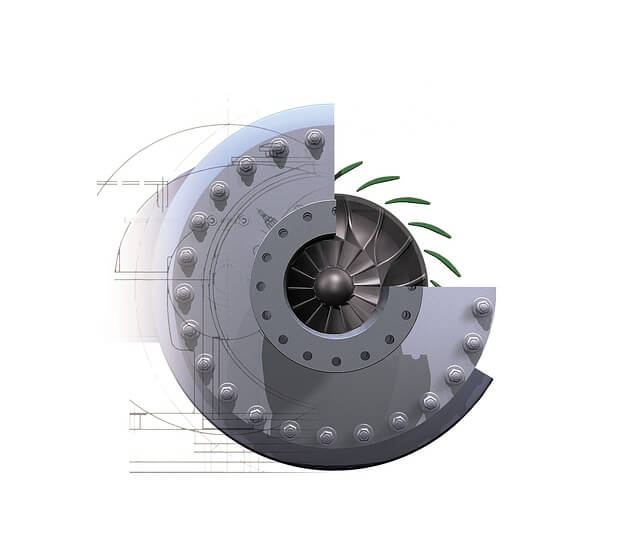More or less every electrical engineer bears a question in mind that, why is the AC signal frequency always 50/60 Hz? Why not use other values? Europe, Africa, Asia all produce this same amount of AC signal frequency. So, let us discuss this topic today. But, before that get yourself a cup of coffee or tea. Relax and start reading now.

Let us assume, there are two lemon trees outside your house. One of the trees has no ripe lemon and the other one is full of ripe lemons, but a ghost is sitting on it. So, from which tree will you get the lemon from? Of course, from the first tree, right? Because though the first one doesn’t have more ripe lemons but there is no risk of any ghost. Similarly, if you use a frequency more than 50/60 Hz, then there may arise problems and complexities. As a result, internationally 50/60 Hz AC frequency is used.
Why is the AC signal frequency always 50/60 Hz?
Now, let’s get back into the topic. Frequency depends on the generator’s synchronous speed, pole, and material structure.
We know,
f = pns/120
In the power generating station, if we use a generator with two poles, then from the above-stated generator, if we want to generate 50 Hz frequency the synchronous speed should be kept 3000 rpm.
If 100 Hz is generated,
If you want to generate a 100 Hz charge frequency from a 2 pole generator, then there will be a requirement for 6000 rpm. But, there problem will arise if there is such a high-speed rotor.
What are the types of problems that will arise?

Here are some of the problems caused by the high-speed rotor,
- The tendency of signal loss increases when the high-frequency AC signal is generated
- skin effect will be more in the transmission line
- Output power and torque decreases
- Reactive components will dominate
- Reactance will become high, as a result, the electromagnetic loss will increase
As a result, the power company doesn’t want to generate high frequency.
Then another question might arise in mind that what is the problem to generate a frequency lower than 50 Hz?

If we generate 10 Hz the transformer won’t be able to perform the loads on various households. There is a very interesting example of this. If the frequency is 10 Hz, then the time period will be,
T = 1/f = 1/10 = 0.1 second.
Then this creates a very amazing situation. When we switch on the bulb, it will light up and then light off. This will keep repeating.
How?
Why is the AC signal frequency always 50/60 Hz?
We know, when AC completes a full cycle on a circuit and reaches zero, then the bulb will turn off. Our least time for distinct vision is 0.1 second. So, if the frequency is 10 Hz then it will not be visible to us. But, in the case of 50 Hz, the time period is very less than our least time of the distinct vision. Thus, the matter of on and off is not invisible to us.
Then what is the problem with it being 25/35 Hz?
Frequency generation will be inconvenient with 25/35 Hz. In the year 1920, this was in practice in some countries. After that, they noticed that they needed a generator with a lot of poles and some massive transformers. Again, if they were using this low amount of frequency it would have been quite hard to transmit on long ranges. Keeping generator performance, loss, load effects, and different parameters in mind on average the 50/60 Hz frequency was kept ideal throughout the world. But this 50/60 Hz is also not stable for some countries. It varies a little. The variation is like +-2.5 Hz and not more than that.
Check more articles:



